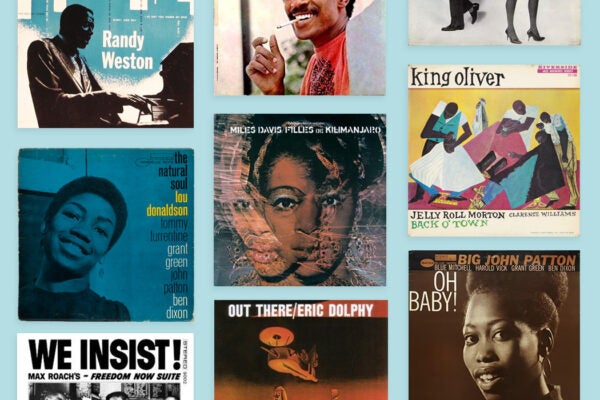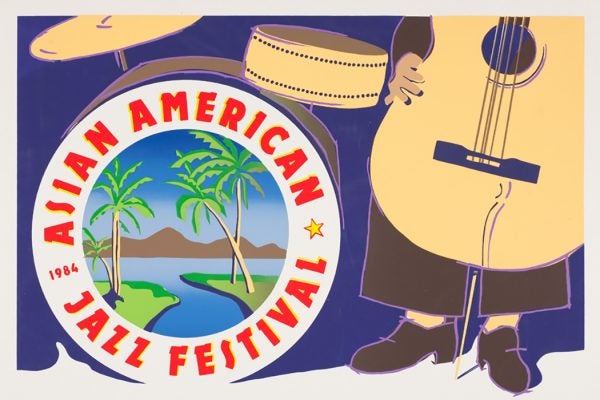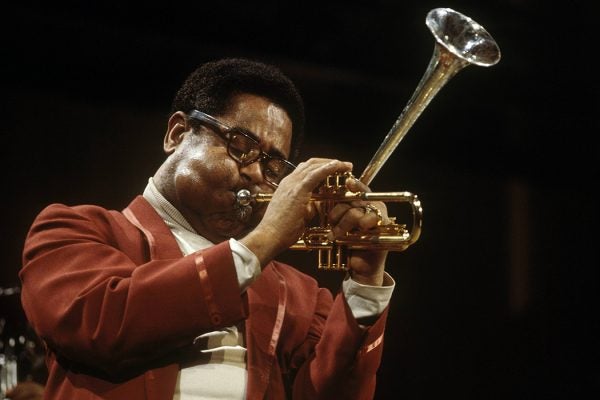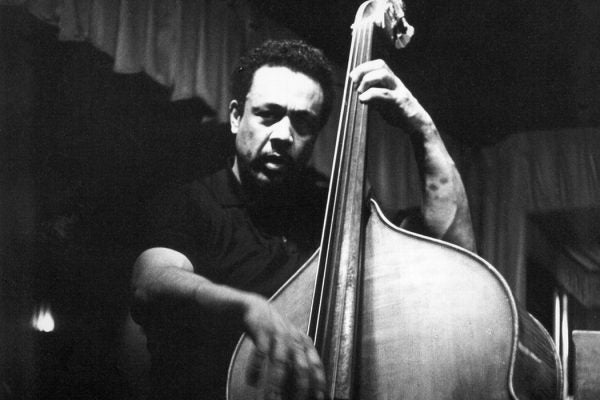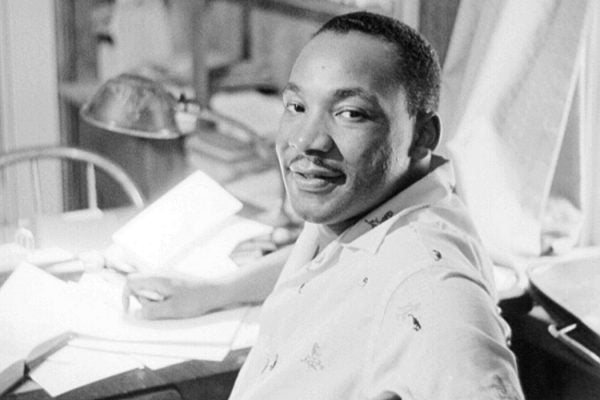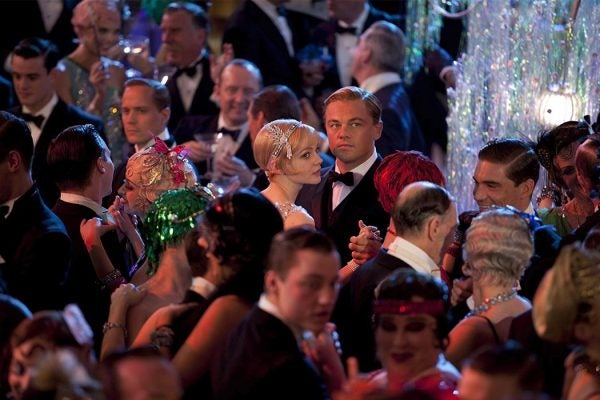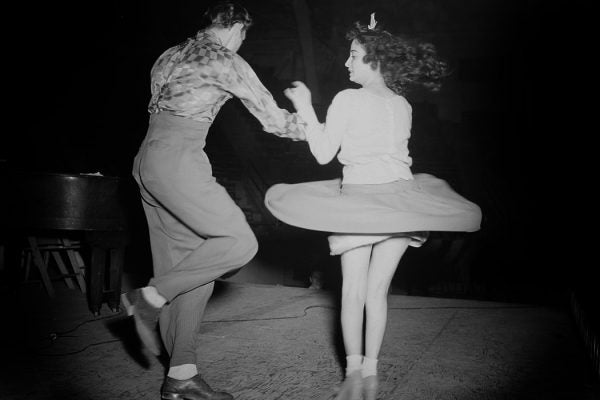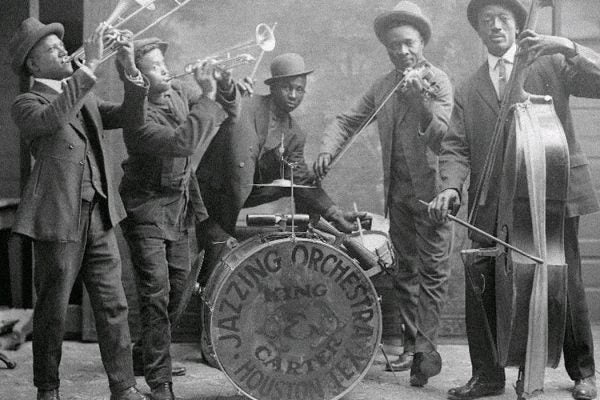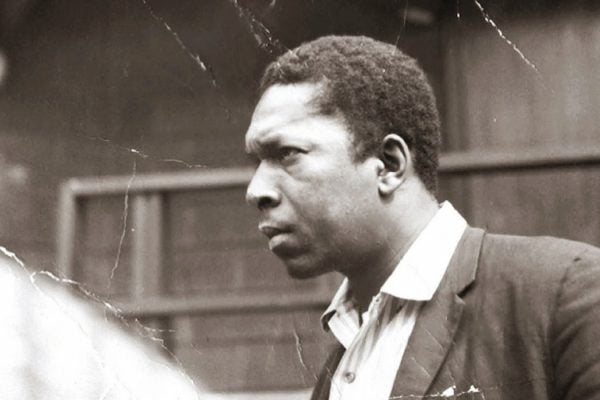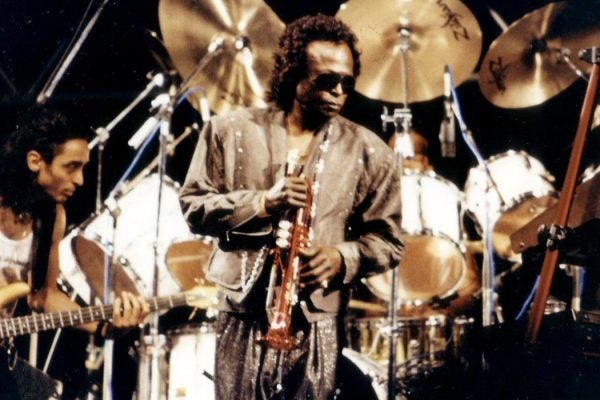How Jazz Albums Visualized a Changing America
In the 1950s, the covers of most jazz records featured abstract designs. By the late 1960s, album aesthetics better reflected the times and the musicians.
Out of Black Liberation, Asian American Jazz
Inspired by Black artistic and political movements, musicians from diverse communities began expressing pan-Asian cultural belonging and freedom.
What Is Jazz Poetry?
The form flourished in the 1950s, as poets and musicians inspired each other to new heights.
The Newport Rebels and Jazz as Protest
In 1960 a group of jazz musicians organized an alternative to the Newport Jazz Festival, which they saw as too pop and too white.
Why MLK Believed Jazz Was the Perfect Soundtrack for Civil Rights
Jazz, King declared, was the ability to take the “hardest realities of life and put them into music, only to come out with some new hope or sense of triumph.”
What The Great Gatsby Reveals About The Jazz Age
F. Scott Fitzgerald’s novel embraced jazz, while also falling prey to the racist caricatures associated with it.
Germany’s Real-Life “Swing Kids”
Rebellious teenagers thumbed their noses at Hitler with jazz music, wild dancing, and the greeting “Swing Heil.” But how serious was their resistance?
When Jazz Was a Public Health Crisis
In the 1920s, jazz music was thought to cause physical illness or even disability.
Remembering John Coltrane
Today JSTOR Daily celebrates John Coltrane, the greatly prophetic and pioneering jazz artist. We remember his music and legacy now.
Do We Overstate Miles Davis’ Genius?
There are things about Miles Davis we never discuss. Maybe it's time we did.
